Are smart simple aloe vera pellets a clever idea
Laurel is a Contact of ours in America who asked “are smart simple aloe vera pellets a clever idea?” She said that she was looking forward to the convenience of pellets over the aloe vera juice she had been using, and she liked the low price of $19.82 for a 28-day supply. The label she looked at read “Aloe Vera Pellets provide 10,000 mg of aloe vera gel in a convenient pelleted form”. Because of where that product is sold in the US, Laurel’s friends flagged up a big issue that I wrote about in my web page When aloe vera is only present on the label. Laurel was keen on our Aloeride but was considering value for money, meaning looking for a (seemingly) financial bargain… So, are smart simple aloe vera pellets a clever idea or not? Click to jump to the Conclusion straight away.
Pelleting heats aloe vera
Almost all livestock feeders agree that animals make better gains on pelleted feed than a meal ration. The most logical reasons are that (a) the heat generated in conditioning and pelleting make the feed stuffs more digestible by breaking down the starches, (b) the pellet simply puts the feed in a concentrated form, and (c) pelleting minimises waste during the eating process. Beyond the ingredient feeder, pelleting starts in the Conditioning Chamber. This is where moisture and heat are added to the feed mash. The most effective way to do this is by Dry Saturated Steam i.e. approximately 190° Fahrenheit (88° Celcius) and a 17% w.b. moisture content. Every pelleted or cubed horse feed goes through such a process and, as you may know from other articles I wrote, there is a significant microbiome downside to that.
Exposing aloe vera to approximately 190° Fahrenheit (88° Celcius) denatures the beta-linked long chain polysaccharides that are critical to making aloe vera the unique substance that it is. It also denatures other temperature-sensitive molecules, like enzymes and the plant microbiome. Just to put this into perspective… Aloeride’s process, that was co-designed by gastro-enterologist and world renowned expert on aloe vera Dr. Ivan Danhof MD PhD, uses freeze drying to preserve all the heat-sensitive molecules. The polar (pun intended) opposite of using dry saturated steam. It reminded me of a lady who made soap with aloe vera. She wanted to buy Aloeride to use in her soap. For most soapers, the preferred temperature of soaping lye and oils is 120-130° Fahrenheit (48-54° Celcius), so I asked her what colour the aloe vera powder she used at that moment turned into as she put it in the bowl. “Brown” was her reply… you don’t need to be Heston Blumenthal to figure out that she’d caramelised the sugars in aloe vera. That means curtains for their physiological effect! Sure enough, the B-vitamins may survive, as may the amino acids or the inorganic minerals. The words ‘aloe vera’ are great for any product marketing, yet smoke and mirrors when the aloe content is denatured and rendered ineffective.
Aloe vera species
There are many different species of aloe vera. These differ genetically in nutrient density even before you consider farming practices and soil quality. Laurel’s smart simple aloe vera pellets don’t disclose what species these are made from, which by inference means ‘not from the best species’ because using best species would proudly feature on their label. Aloeride only uses the most nutrient dense species and gives you this wholeleaf, not just the gel. Laurel’s label reads “10,000 mg of aloe vera gel” and since 95% of gel is WATER, you get 5% x 10,000 = 500mg of aloe vera working solids meeting 190° Fahrenheit (88° Celcius) in the Conditioning Chamber. The label reads “Aloe vera gel is known for its soothing benefit on gastric tissues, making it an ideal ingredient for supporting horses at risk for gastric upset or horses who are being managed for occasional stomach issues.” If aloe vera pellets do anything for digestive issues then it might be useful to examine the listed inactive ingredients. You may think this a little harsh but, years ago, one of the laboratories we use told us that they had tested a Grapefruit seed extract product. It was widely used for fungal infections and on Google you will read that it is an all-time best seller. Their testing revealed that it contained an anti-fungal to preserve the grapefruit seed extract…
Alfalfa Meal inactive ingredient in aloe vera pellets
Good alfalfa is good for (most) horses, just like good aloe vera is good for all horses. Alfalfa meal often isn’t good alfalfa. Beyond a positive-by-name association*, the main disadvantages of alfalfa meal are its dustiness and the fact that it is difficult or next to impossible, to determine its quality by a mere inspection, without chemical or microscopic analysis, and to tell whether it is made from a choice quality of leafy alfalfa hay or from an inferior grade of overripe, stemmy alfalfa. Perhaps this is why it is labelled as an inactive ingredient. It bulks a pellet which keeps your horse’s stomach occupied, but it’s not helpful in the way straight alfalfa might be. Simply put, the more your horse chews, the more your horse buffers and mops up gastric acid secretion, the less your horse will complain about his gastric lining erosion.
* Feeding a variety of grass fibre is the basis of all good equine nutrition. Alfalfa is fermented chopped Lucerne hay. Controlled fermented Lucerne products have higher digestible energy values, and other potential benefits, relative to dry lucerne chaff. Lucerne needs longer chewing before swallowing (i.e. increased intake time) and unsurprisingly, horses that are fed Lucerne hay and fresh grass, produce twice as much saliva compared to when a grain-based meal was offered. New Zealand research claims that gastric ulcers can be healed by feeding fermented chopped Lucerne. A research study used 12 horses diagnosed with ulcers. During the study, all the horses were fed approximately 15 kg (33 lb) of modified bio-fermentation chopped Lucerne per day for six weeks. There was no control group reported. By 14 days, 67% of the horses had no ulcers, and by 28 days all the horse in the study had no ulceration. Lucerne contains higher levels of protein and calcium, both of which buffer gastric acid. Lucerne cell wall contains certain indigestible compounds such as lignin that gives it a greater buffering capacity than grasses. As a rule of thumb, feed at least 1% of a horse’s body weight in fibre per day, and ideally 1.5%. A-500 kg (1,100-lb) horse should be offered 5 to 7.5 kg (11 to 16.5 lb) forage. Free-choice hay is best.
Corn Distiller’s Dried Grains with Solubles inactive ingredient in aloe vera pellets
Corn Distiller’s Dried Grains with Solubles (DDGS) is a by-product of the biofuel industry, of dry-grind ethanol processing during which the whole corn kernel is fermented, resulting in two main co-products: Ethanol and distillers dried grains with solubles. The composition of DDGS can vary considerably. The nutritional value of DDGS can be influenced greatly by the proportion of grains vs. solubles and by processing technologies. Precisely this makes DDGS a cheap ingredient. The high proportion of unsaturated fatty acids of corn DDGS (10.5 %) is linoleic acid in particular. Note that horses are very susceptible to fumonisin poisoning from mouldy corn. Fermentation during Ethanol production doesn’t destroy the mould, like the nutrient (protein) threefold concentration, mould becomes threefold concentrated [(CFIA 2009; Bothast et al. 1992; Wu and Munkvold 2008)]. The mycotoxins that may concentrate in the DDGS are aflatoxins, fumonisins, deoxynivalenol, zearalenone and ergot alkaloids. Equine leukoencephalomalacia (ELEM), more commonly known as moldy corn poisoning, is the most common mycotoxin-related syndrome in horses. It is the result of a fungus called Fusarium moniliforme, which often invades corn fields when crops are stressed by drought or when conditions are very wet at harvest. Fusarium produces a toxin called fumonisin. Ask if smart simple aloe vera pellets are tested for this.
Lignin Sulfonate inactive ingredient in aloe vera pellets
Lignosulfonates are derived from lignin, a naturally occurring polymer found in wood that acts like glue holding the cellulose fibers of pulp together. It is commonly used as a pellet binder. It neither helps nor hinders your horse.
Sodium Propionate inactive ingredient in aloe vera pellets
Sodium propionate is a common food preservative/additive that is industrially manufactured but also occurs in nature. Since it is toxic to mould and some species of bacteria, it is an especially effective additive in baked goods or other products that are susceptible to spoilage. Inhibitory concentration of 0.1-0.5 percent affects bacteria (Pseudomonas aeruginosa, Salmonella typhosa, Neisseria gonorrhoeae, Bacillus cereus, Serratia marcescens) and fungi (Candida albicans, Aspergillus niger, Aspergillus fumigatus, Epidermophyton interdigitale). In higher concentrations different bacteria are inhibited but there is no effect on fungi at higher concentrations.
Vegetable Oil inactive ingredient in aloe vera pellets
Vegetable Oil (Cold Pressed) also meets 190° Fahrenheit (88° Celcius) in the Conditioning Chamber and this denatures some of the health beneficial qualities that cold-pressed vegetable oil may have.
Are smart simple aloe vera pellets a clever idea
If you want aloe vera to do something for your horse, then buy independently proven quality aloe vera. If you want alfalfa to do something for your horse, then buy proven quality alfalfa, not alfalfa meal. When $19.82 for a 28-day supply sounds like an attractive supplement, consider what you found out on this page as well as how you might spend your money wisely. Consider the effect of quality CF Lucerne on equine digestion, consider feeding your horse what your grandparents knew to be useful, and definitely take note that one horsey aloe vera product we had tested contained 23.4x fewer nutrients than Aloeride and, being a liquid, it had not even been exposed to heat like aloe vera pellets are… Sensibly most American and Canadian customers prefer the six carton option which gives them 20% Discount + Free Delivery and, from feedback on the phone, they also love our honest advice. So there’s Laurel’s episode for you.. are smart simple aloe vera pellets a clever idea ever, sorry no they’re not.
-

-
Sale!

Aloeride aloe vera for Horses 3 CARTONS
Original price was: £165.60.£149.04Current price is: £149.04. -
Sale!

Aloeride aloe vera for Horses 6 CARTONS + FREE SHIPPING WORLDWIDE
Original price was: £331.20.£264.96Current price is: £264.96. -
Sale!

Aloeride aloe vera for Horses 12 CARTONS
Original price was: £662.40.£496.80Current price is: £496.80.


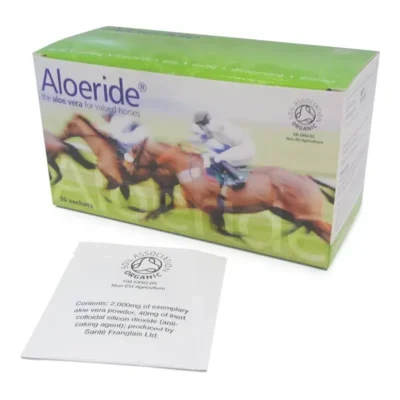
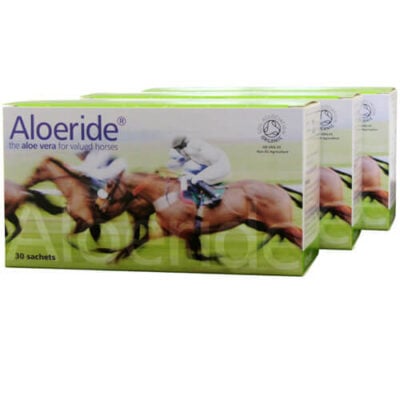
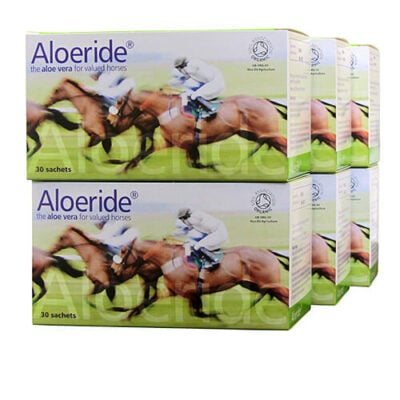
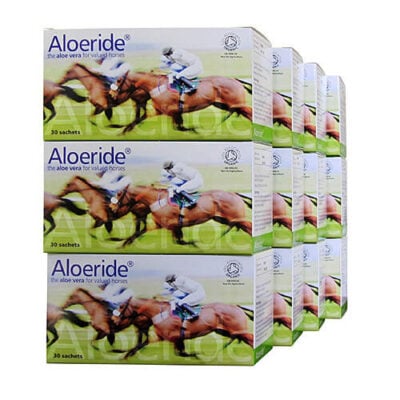



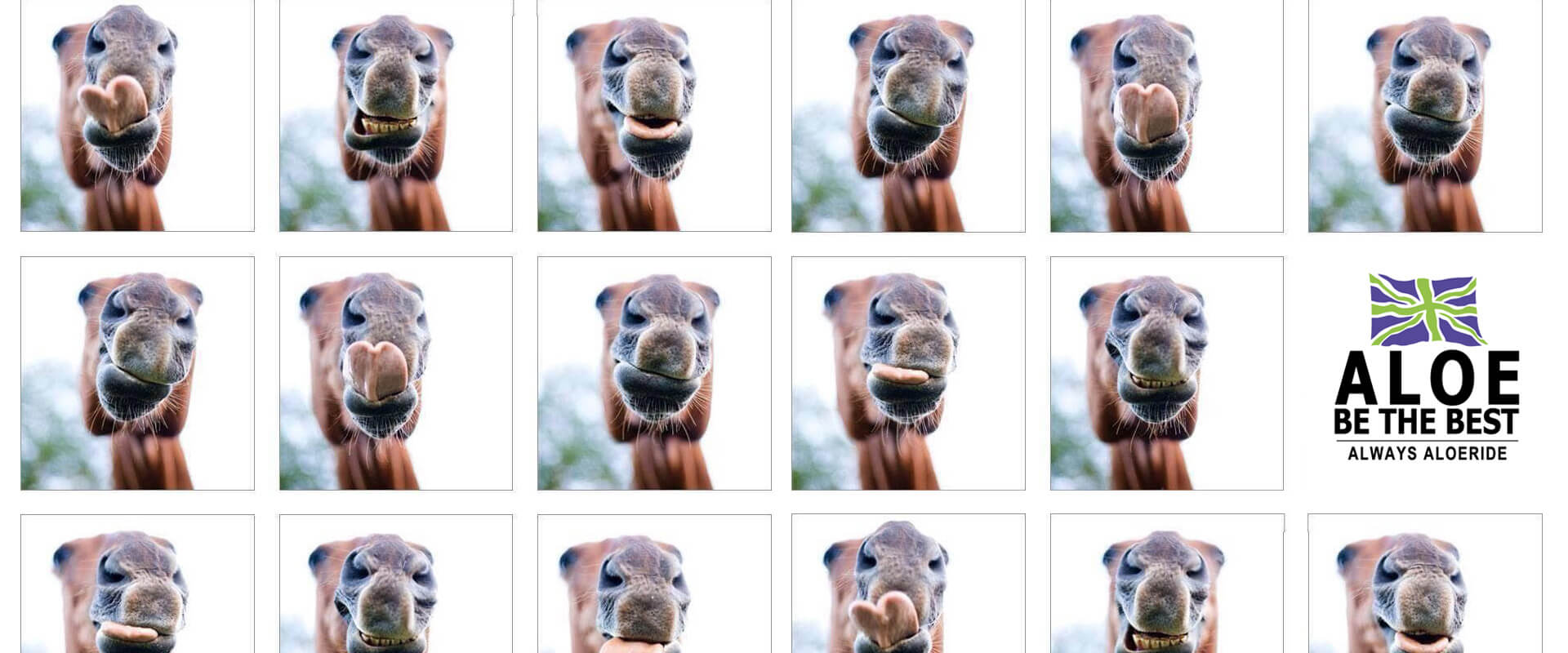
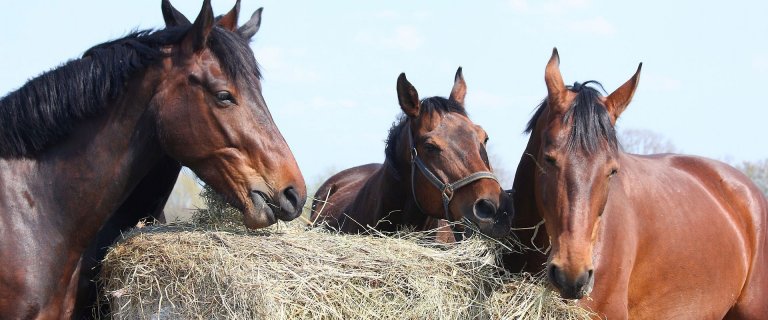

Thanks for your reply and I am not definitely out of the market, but I feel I must give this a try first. Laurel Statz
I Love the Smell of Possibility in the Morning!